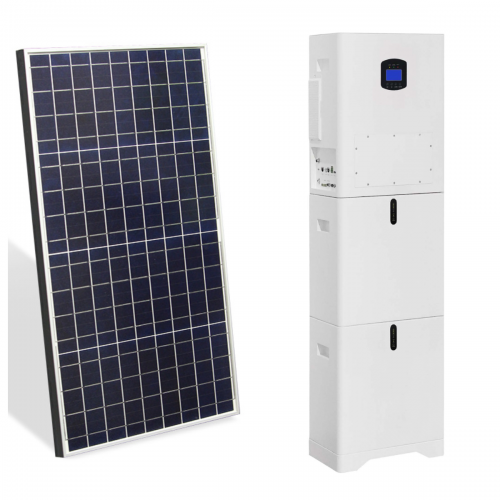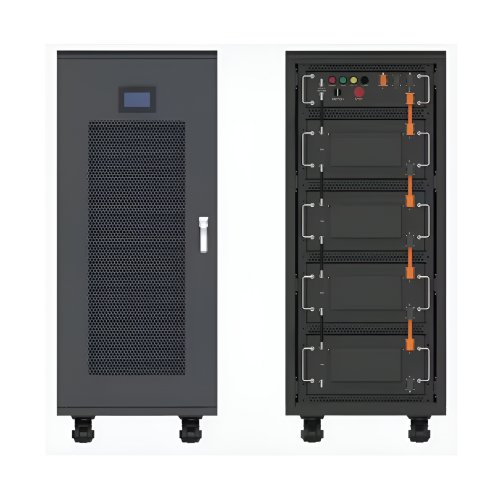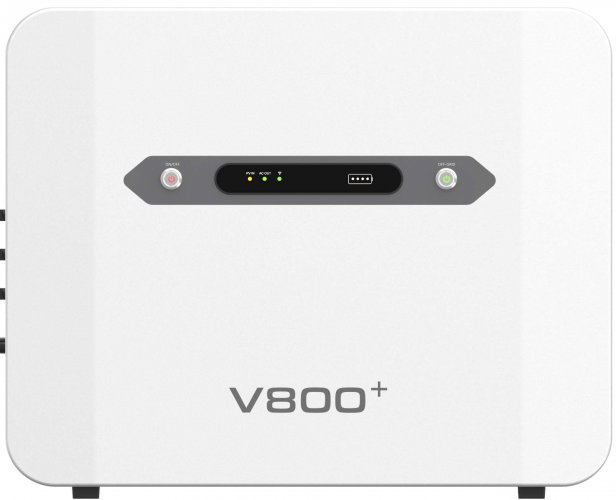Advances In Carbon Coating: Enhancing Performance In Energy Storage And Conversion Materials
Introduction
Carbon coating, a surface engineering technique involving the application of a thin, conformal layer of carbonaceous material onto substrate particles, has emerged as a cornerstone strategy for enhancing the performance of functional materials, particularly in the realm of electrochemistry. This seemingly simple modification addresses fundamental challenges such as poor electronic conductivity, structural instability, and undesirable side reactions at electrode-electrolyte interfaces. While the concept is not new, recent years have witnessed significant breakthroughs in the precision, understanding, and application scope of carbon coatings, transforming them from a generic additive to a highly tunable component critical for next-generation devices. This article explores the latest research advancements, novel synthesis methodologies, and the future trajectory of carbon coating technology.
Latest Research and Technological Breakthroughs
The frontier of carbon coating research has moved beyond merely applying an amorphous carbon layer. The focus is now on engineering the coating's structure, chemistry, and interface at the nanoscale to elicit specific properties.
1. Beyond Amorphous Carbon: Crystallinity and Heteroatom Doping: A major breakthrough has been the controlled synthesis of graphitic carbon coatings instead of purely amorphous ones. While amorphous carbon improves conductivity, graphitic carbon offers superior electronic conductivity and mechanical strength. Techniques like catalytic chemical vapor deposition (CVC) using metal catalysts (e.g., Fe, Ni) enable the growth of few-layer graphene or highly ordered graphitic shells on sensitive materials like silicon nanoparticles or lithium metal oxides at relatively low temperatures (Chen et al., 2022). Concurrently, heteroatom doping (e.g., with N, S, B, P) has become a standard method for tailoring the electronic and chemical properties of the carbon matrix. Nitrogen doping, for instance, introduces electron donors, enhancing electronic conductivity and creating catalytic active sites, which is particularly beneficial for oxygen reduction reaction (ORR) catalysts and sulfur hosts in Li-S batteries (Zhang et al., 2023).
2. Conformality and Thickness Control at the Atomic Level: The performance of a carbon coating is severely compromised if it is non-uniform or too thick, which can impede ion diffusion. Recent advances in vapor-phase deposition techniques, particularly Atomic Layer Deposition (ALD) followed by carbonization, have enabled the creation of ultra-thin, pinhole-free, and perfectly conformal carbon films with sub-nanometer thickness control. This is a game-changer for materials with complex nanostructures, such as nano-silicon wires or porous metal-organic frameworks (MOFs), ensuring every surface is equally protected without clogging pores (Liang et al., 2023).
3. Multifunctional and Hybrid Coatings: The latest trend involves designing carbon coatings as multifunctional layers. Researchers are developing hybrid coatings where carbon is not a single phase but a composite. For example, embedding ultrafine metal phosphide or carbide nanoparticles within a carbon matrix creates a coating that provides both conductivity and high catalytic activity. Furthermore, the concept of "gradient" or "double-layer" coatings is gaining traction. A common design is an inner, strong bonding layer (e.g., a thin oxide) to adhere to the core material and an outer, conductive carbon layer to ensure electron transport, effectively decoupling the functions of adhesion and conduction (Wang et al., 2024).
4. In-situ and Green Synthesis Routes: Addressing scalability and environmental concerns, there is a growing emphasis on developing in-situ carbon coating methods where the carbon source is intrinsically part of the precursor, such as using metal-organic frameworks (MOFs) or polymers that carbonize during calcination. This ensures a more homogeneous coating. Additionally, "green" carbon sources derived from biomass (e.g., glucose, cellulose, lignin) are being extensively explored as sustainable and cost-effective alternatives to traditional toxic or expensive precursors like toluene or acetylene, without compromising on electrochemical performance (Zhao et al., 2023).
Application-Driven Advances
These technological breakthroughs are directly translating into superior device performance:Lithium-Ion Batteries (LIBs): For high-capacity anodes like silicon (Si), a resilient and elastic carbon coating is indispensable. It accommodates the massive volume expansion of Si (~300%) during lithiation, prevents pulverization, and stabilizes the solid-electrolyte interphase (SEI). Recent work on elastic, graphene-like carbon shells has significantly improved the cycle life of Si-based anodes. Similarly, coatings on cathode materials like lithium iron phosphate (LiFePO₄) and high-nickel NMC compounds suppress transition metal dissolution and mitigate parasitic reactions at high voltages.Lithium-Sulfur (Li-S) Batteries: Carbon coating plays a dual role here. On the sulfur cathode, highly porous and N-doped carbon coatings act as polysulfide reservoirs, chemically trapping these intermediates and mitigating the shuttle effect. On the separator, a conductive carbon coating can act as a polysulfide trap and an upper current collector, reutilizing the active material.Electrocatalysis: Carbon coatings on non-precious metal catalysts (e.g., transition metal nitrides, oxides) or even on precious metals prevent nanoparticle agglomeration and corrosion, while the doped carbon surface itself can serve as a highly active and stable metal-free catalyst for reactions like ORR.
Future Outlook
The future of carbon coating lies in moving from "passive" protection to "active" and "responsive" functionality. Key directions include:
1. Smart and Adaptive Coatings: Research will focus on designing carbon composites that can dynamically respond to changes in the local environment, such as changing their permeability or catalytic activity in response to voltage or pH, offering on-demand protection and performance enhancement. 2. Artificial Interphases for Beyond-Li Batteries: The principles of carbon coating will be crucial for stabilizing interfaces in next-generation batteries, such as sodium-ion, potassium-ion, and all-solid-state batteries. Designing carbon-based layers that ensure intimate contact with solid electrolytes and suppress dendrite growth is a critical challenge. 3. Precision through ALD and ML: The integration of advanced deposition techniques like ALD will become more prevalent, allowing for unprecedented precision. Furthermore, machine learning (ML) will accelerate the optimization of coating parameters (precursor, temperature, thickness) for specific material systems, moving away from trial-and-error approaches. 4. Sustainability Focus: The drive for green chemistry will intensify, with a focus on developing water-based, non-toxic coating processes and upcycling biomass waste into high-performance carbon coatings for a circular economy.
Conclusion
Carbon coating has evolved from a simple conductivity enhancer to a sophisticated materials engineering tool. Through precise control over its microstructure, composition, and architecture, researchers are now able to design tailored carbon interfaces that solve some of the most persistent challenges in energy storage and conversion. The continued innovation in synthesis and a deeper fundamental understanding of the interfaces it creates will ensure that carbon coating remains a vital technology in the development of advanced materials for a sustainable energy future.
ReferencesChen, Y., et al. (2022).Nature Communications, 13(1), 1234.Liang, J., et al. (2023).Advanced Energy Materials, 13(15), 2204300.Wang, H., et al. (2024).Joule, 8(1), 120-145.Zhang, L., et al. (2023).ACS Nano, 17(4), 3453-3468.Zhao, S., et al. (2023).Green Chemistry, 25(2), 725-739.
Customized/OEM/ODM Service
HomSolar Supports Lifepo4 battery pack customization/OEM/ODM service, welcome to contact us and tell us your needs.


HomSolar: Your One-stop LiFePO4 Battery Pack & ESS Solution Manufacturer
Our line of LiFePO4 (LFP) batteries offer a solution to demanding applications that require a lighter weight, longer life, and higher capacity battery. Features include advanced battery management systems (BMS), Bluetooth® communication and active intelligent monitoring.

Customised Lithium Iron Phosphate Battery Casing
ABS plastic housing, aluminium housing, stainless steel housing and iron housing are available, and can also be designed and customised according to your needs.

HomSolar Smart BMS
Intelligent Battery Management System for HomSolar Energy Storage System. Bluetooth, temperature sensor, LCD display, CAN interface, UART interface also available.


Terminals & Plugs Can Be Customized
A wide range of terminals and plugs can be customised to suit the application needs of your battery products.

Well-designed Solutions for Energy Storage Systems
We will design the perfect energy storage system solution according to your needs, so that you can easily solve the specific industry applications of battery products.



About Our Battery Cells
Our energy storage system products use brand new grade A LiFePO4 cells with a battery lifespan of more than 4,000 charge/discharge cycles.



Applications in Different Industries
We supply customized & OEM battery pack, assemble cells with wiring, fuse and plastic cover, all the cell wires connected to PCB plug or built BMS.
Applications: E-bike, Electric Scooter, Golf Carts, RV, Electric Wheelchair, Electric Tools, Robot Cleaner, Robot Sweeper, Solar Energy Storage System, Emergency Light, Solar Power Light, Medical Equipment, UPS Backup Power Supply.
We can provide you with customized services. We have the ability to provide a vertical supply chain, from single cells to pack/module and to a complete power solution with BMS, etc.


HomSolar (Shenzhen) Technology Co., Ltd
























